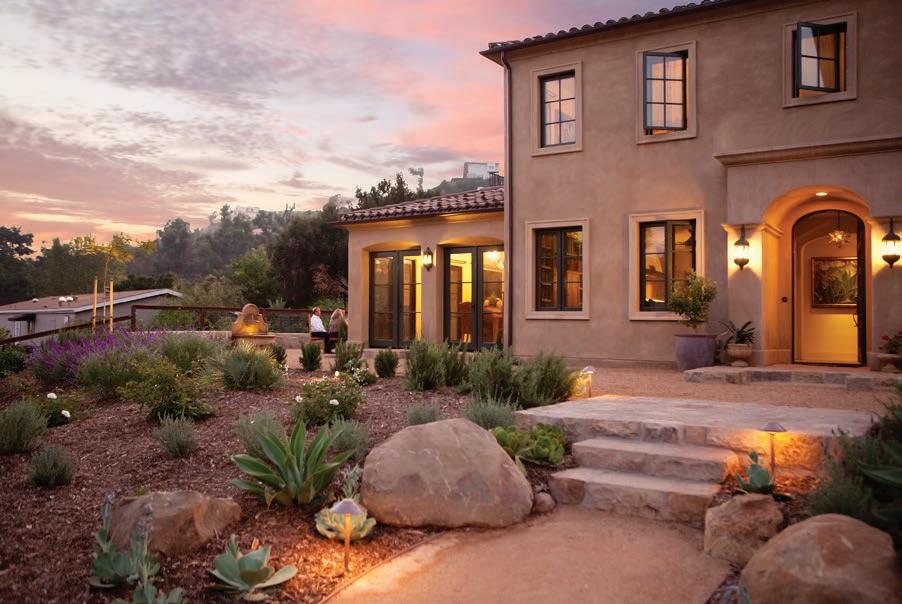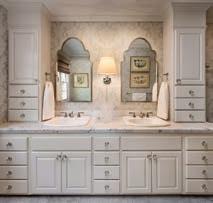
2 minute read
Preparing Your Home for the Next Fire
by bryAn henson
According to City of Santa Barbara Fire Chief McElroy’s 2014 Newsletter, “Fire in the Wildland Urban Interface (WUI) has emerged as the most significant problem facing the fire service in the United States. With more people choosing to leave city life to seek a more rural lifestyle, millions of Americans now find themselves living in fire prone environments.” As we come up on another dry, hot Summer, fire protection is top of mind for local residents.
What we learned after the last fires through our work with homeowners, insurance companies, and fire inspectors was that a home’s weakest links are where embers can come into contact with combustible materials. High winds created during a fire push burning embers into exterior nooks and crannies and an opportunity for the house to catch fire. Eliminating weak links is essential for home protection.
Eliminating combustible elements should be your first priority.
· Replace your wood shake roof with one made of clay tiles, fiber cement or standing seam metal. Be sure to look at the entire roof assembly to discover weak links. Even a non-combustible roof product could burn if it is attached to wood roof decking.
· Enclose eaves so that no exposed wood is vulnerable to embers.
· Build decks, railings, arbors, trellises, walls and fences out of fire resistant materials, particularly when elements adjoin or are within
10 feet of your home. Ignition-resistant FRT wood, heavy timbers, wrought iron, or stone are all good options.
· Keep combustible items such as wood piles and patio furniture as far away from your house as possible.
Next, reduce the possibility of burning embers entering your home.
· Eliminate exterior vents from your roof and crawl space. If vents are necessary, use ones with a fire resistant design. Eliminate crawl space vents by incorporating them into the conditioned part of your home.
· If you have mission roof tiles, be sure to use bird blocking or an equivalent safeguard to close off open ends.
· Replace old single pane windows and skylights with dual glaze and at least one layer of tempered glass. This will reduce breakage from wind-blown items and is now a code requirement in high fire areas. Metal clad windows, rather than wood clad, can increase fire resistance.
· Weather-strip exterior doors and garage doors using only noncombustible thresholds.
An experienced builder can help you evaluate your home to make it fire safe. It’s worth it!



by LIsA CuLLen
f you are contemplating removing your lawn and replacing it with something that needs less water, there’s good news; you have many options and it can be lots of fun. Rather than thinking of a lawn “substitute” think of it as an opportunity for creativity and new design.
The most common objection to eliminating lawn altogether is the desire for a soft surface for children to play, a place for pets to romp and the cooling appearance of a swath of green. Though some may insist on installing plastic, artificial turf, there are loads more imaginative (and earth-friendly) ideas. Here are my Top Five.









